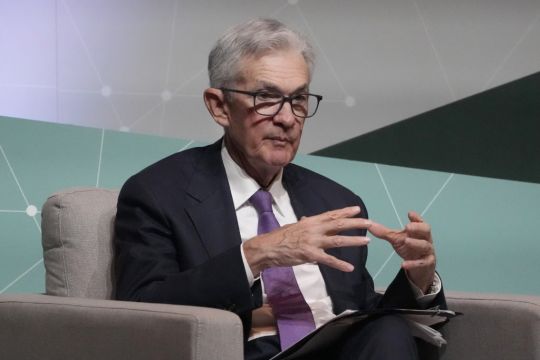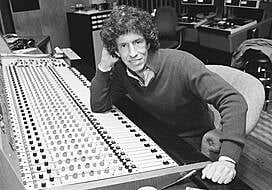US Federal Reserve chairman Jerome Powell has cautioned that persistently elevated inflation is likely to delay any Fed interest rate cuts until later this year, opening the door to a period of higher-for-longer rates.
“Recent data have clearly not given us greater confidence” that inflation is coming fully under control and “instead indicate that it’s likely to take longer than expected to achieve that confidence,” Mr Powell said during a panel discussion at the Wilson Centre.
“If higher inflation does persist,” he said, “we can maintain the current level of (interest rates) for as long as needed.”
The Fed chairman’s comments suggested that without further evidence that inflation is falling, the central bank may carry out fewer than the three quarter-point reductions its officials had forecast during their most recent meeting in March.
His remarks on Tuesday represented a shift for Mr Powell, who on March 7th had told a Senate committee that the Fed was “not far” from gaining the confidence it needed to cut rates.
At a news conference on March 20th, Mr Powell appeared to downplay that assertion.
But his comments on Tuesday went further in dimming the likelihood of any rate cuts in the coming months.
“Powell’s comments make it clear the Fed is now looking past June,” when many economists had previously expected rate cuts to begin, Krishna Guha, an analyst at EvercoreISI, said.
In the past several weeks, government data has shown that inflation remains stubbornly above the Fed’s 2% target and that the economy is still growing robustly.
Year-over-year inflation rose to 3.5 per cent in March, from 3.2 per cent in February.
And a closely watched gauge of “core” prices, which exclude volatile food and energy, rose sharply for a third straight month.
As recently as December, Wall Street traders had priced in as many as six quarter-point rate cuts this year.
Now they foresee only two rate cuts, with the first coming in September.
Mr Powell’s comments followed a speech earlier on Tuesday by Fed vice chairperson Philip Jefferson, who also appeared to raise the prospect that the Fed would not carry out three cuts this year in its benchmark rate.
The Fed’s rate stands at a 23-year high of 5.3 pr cent after 11 rate hikes beginning two years ago.
Mr Jefferson said he expected inflation to continue to slow this year with the Fed’s key rate “held steady at its current level”.
But he omitted a reference to the likelihood of future rate cuts that he had included in a speech in February.
Last month, Mr Jefferson had said that should inflation keep slowing, “it will likely be appropriate” for the Fed to cut rates “at some point this year” – language that Mr Powell has also used.
Yet neither Mr Powell nor Mr Jefferson made any similar reference on Tuesday.
Instead, Mr Powell said only that the Fed could reduce rates “should the labour market unexpectedly weaken”.
Fed officials have responded to recent reports that the economy remains strong and inflation is undesirably high by underscoring that they see little urgency to reduce their benchmark rate anytime soon.
On Monday, the government reported that retail sales jumped last month, the latest sign that robust job growth and higher stock prices and home values are fuelling solid household spending.
Vigorous consumer spending can keep inflation elevated because it can lead some businesses to charge more, knowing that many people are able to pay higher prices.







